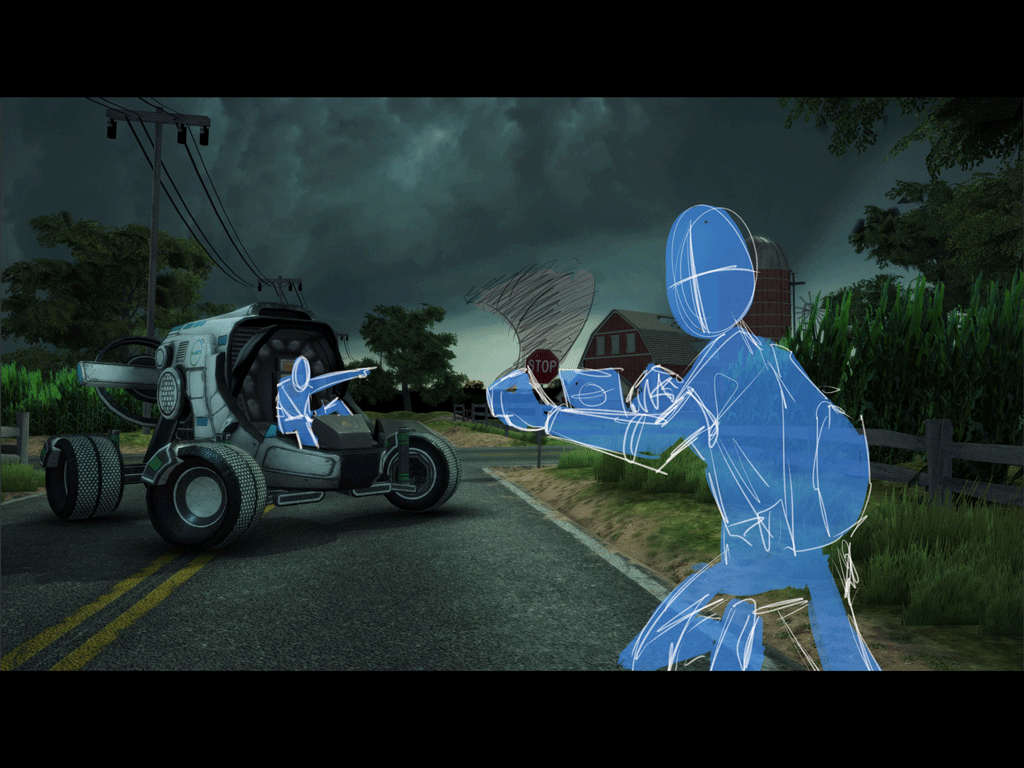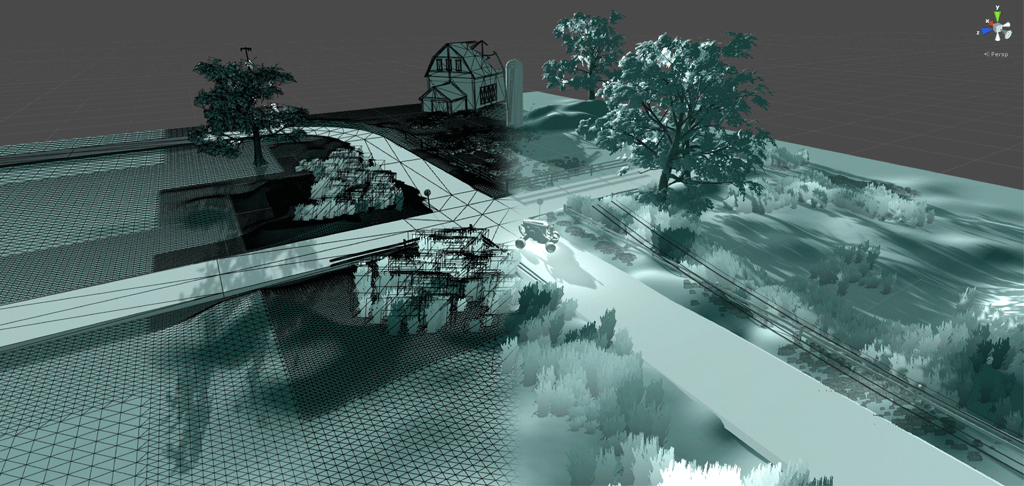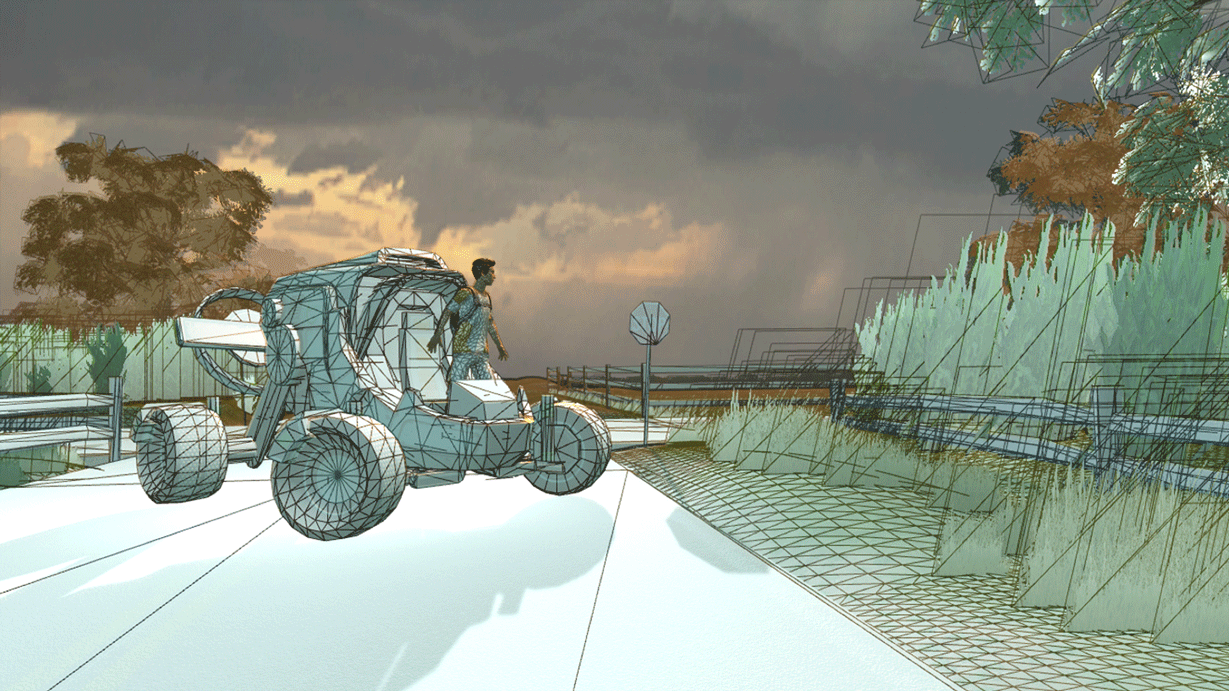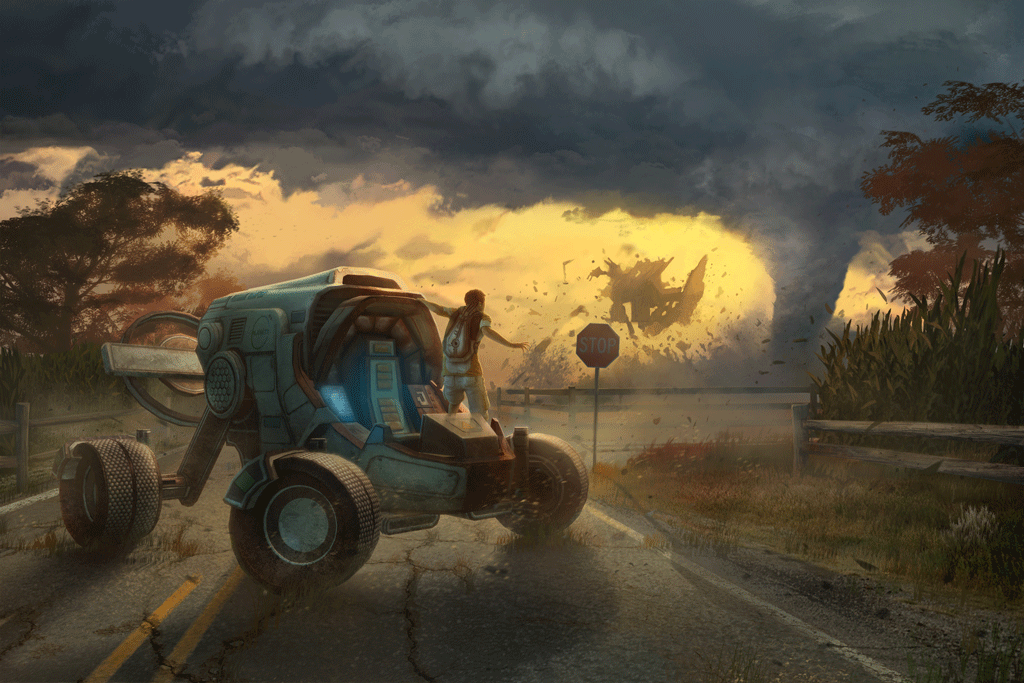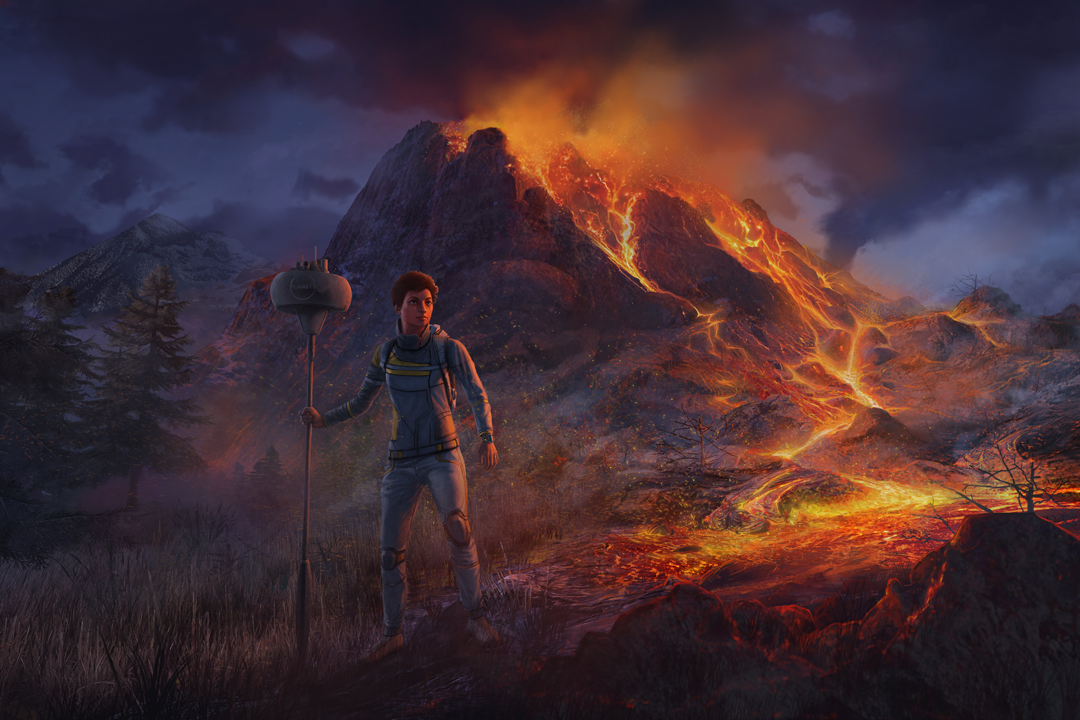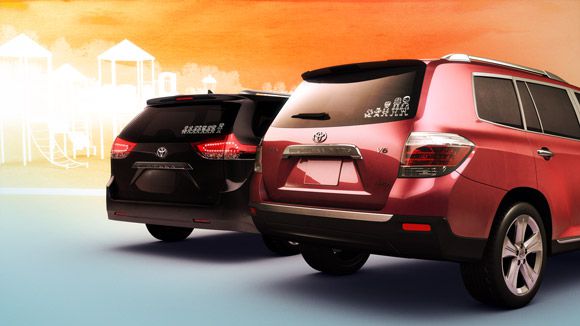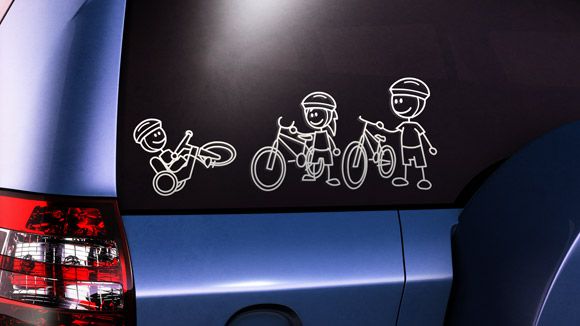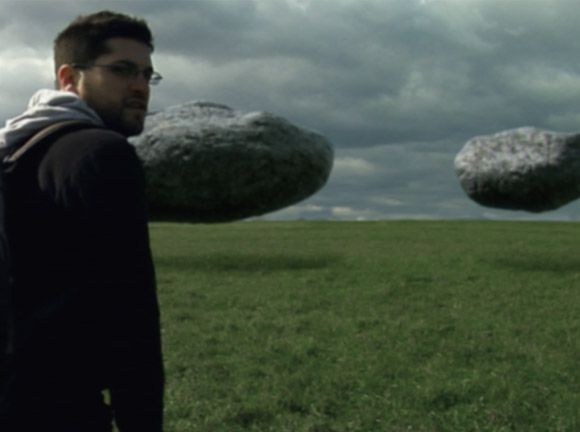One of the beautiful things about Unity 3D is its ability to port to multiple platforms. With a “check of a box” *, content can be packaged for deployment across mobile platforms, desktop executables, web browsers, wearable systems, and all the major consoles.
Unity 3D Plus Smart Content, Smart UI and Smart Apps
One of the beautiful things about Unity 3D is its ability to port to multiple platforms. With a “check of a box” *, content can be packaged for deployment across mobile platforms, desktop executables, web browsers, wearable systems, and all the major consoles.
* Ok. Not quite a check of a box, says my developers.
Wrap the content with a smart UI system, however, – one that adjusts not only for aspect ratios but also for device specific control signals – and you have a single stream of content that can be experienced across multiple channels.
Take it a step further and build in a structure that enables client-side apps to pull down only what suits the user experience for that device, and marketers have the ability to deliver responsive, channel-specific experiences to a broad audience from that single set of content.
Benefits include the cost of content creation is amortized across these channels, and built-in continuity for brand messaging no matter how it is accessed.
Example 1 – Automotive Marketing
An automobile manufacturer may develop a very deep content stream containing all options for all vehicle models. If structured correctly, and by utilizing a responsive UI system, apps can be distributed to targeted channels – cross-platform mobile, dealer kiosks, and tradeshow installations. These then automatically present experiences tailored to the platform.
• The mobile experience assumes a more leisurely exploration of the content stream and allows for a deep dive into the full range of vehicles and options.
• A dealer kiosk checks inventory and promotes only what is in stock and only at a mid-level depth to encourage interaction with sales associates.
• A gesture-based tradeshow installation features premium models and engages passersby in quick, attention-getting interactions designed to keep people moving.
And because each pulls from the same content stream, updates to the stream automatically update all channel experiences.
Example 2 – Consumer Packaged Goods Brand Engagement
Cross-channel content utilizing this strategy is not restricted to product presentations. Narrativized content, interactives or storylines, can be deployed in a responsive, content stream system as well.
Created as part of a Starcom pitch, these Keebler concepts illustrate a cross-platform deployment of several interactives designed for a Create-a-Cookie/Share-a-Cookie campaign. Each revolves around ingenious ways the Elves create cookies and includes a global Cookie Counter that tallies all digitally created cookies across all channels.
On mobile platforms, an Elf greets the user, frames the experience with Keebler messaging and challenges the user to create a cookie type of their choice. Each interactive begins with simple cookie creations, for instance moving a helper Elf – holding a large blank cookie – back and forth to catch falling chocolate chips. Once mastered, more elaborate versions of the theme are presented where the user can create an increasing number of cookies at a time.

For Point of Sale (POS) displays, content is more streamlined. The Elf presenter – looks out from the Keebler tree window and waits for a user. A Leap Motion sensor allows swipe gestures for interaction and, in the chocolate chip cookie interactive, controls the movement of the Elf catching chips. When time runs out, the cookie is virtually bagged and the user is prompted to share a cookie with a friend and, then driven to mobile or social channels.
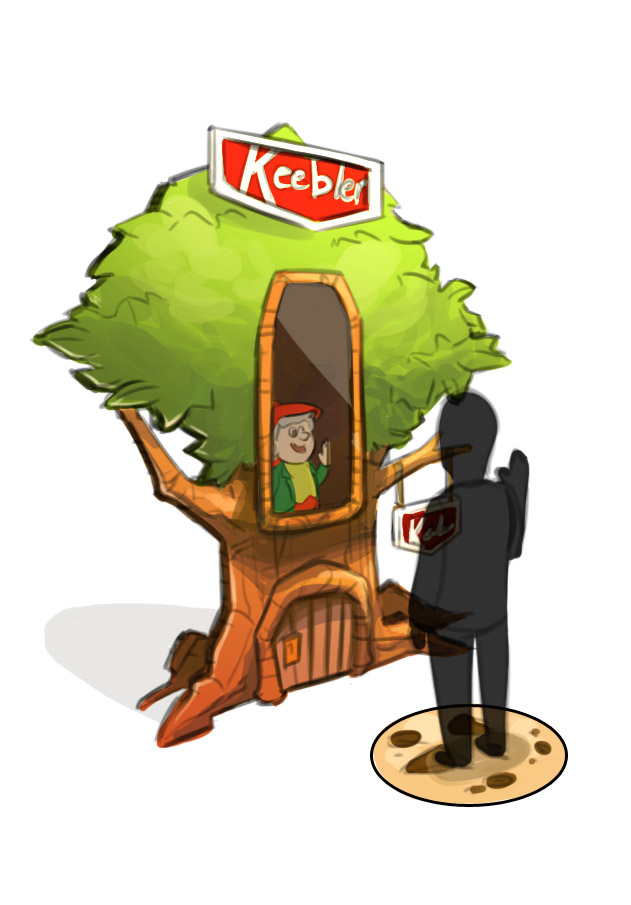
A Magic Mirror/Kinect sensor variation of the POS – for theaters or malls with more floor space – presents an Elf MC that actively tracks and waves to users as they pass. And instead of an Elf holding a blank cookie, the cookie is virtually composited in the user’s own hands. The user must then move back and forth within a certain area to catch virtual chips falling from above.
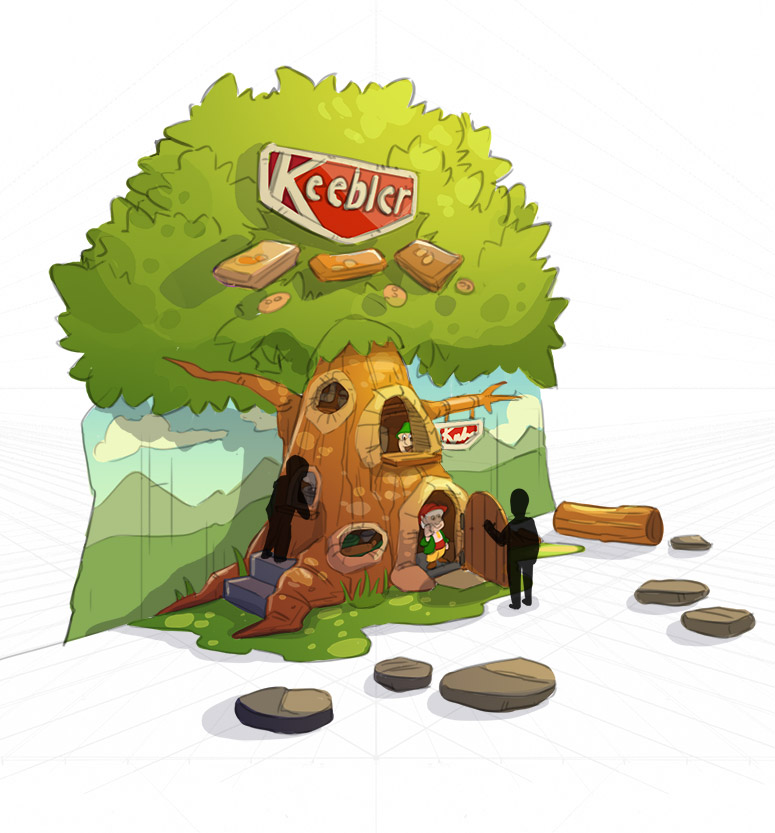
Larger installations, driven by a combination of Leap Motion, floor and Kinect sensors, spread the interactive content out across multiple windows for broader interaction. Also introduced here is an accountant Elf who is seen counting digital cookies from other channel deployments.
Scaling the Experience
The explosion of digital platforms is opening up many more channels for marketers to reach their audience. To take advantage of this, without breaking the bank, content needs to be designed in a way that effectively scales to different platforms, from mobile to desktop and beyond. Unity 3D gets you half-way there but to truly accomplish this, what’s needed is a careful structuring of the content, a UI that adjusts to the device, and client-side apps that tailor user experience.
